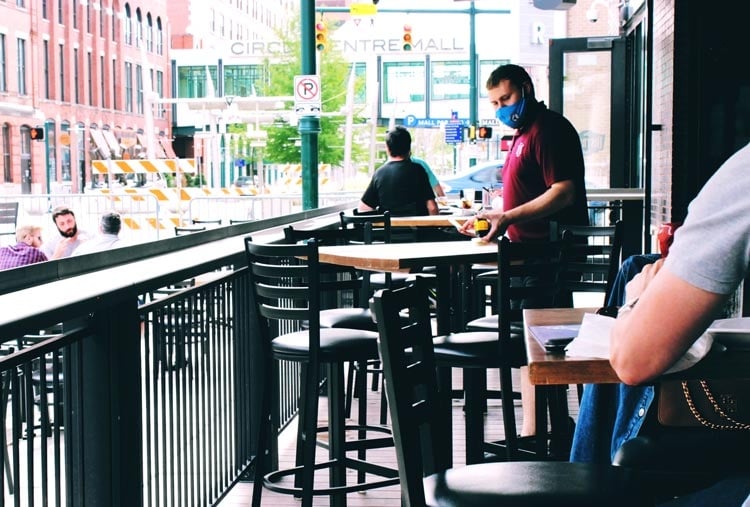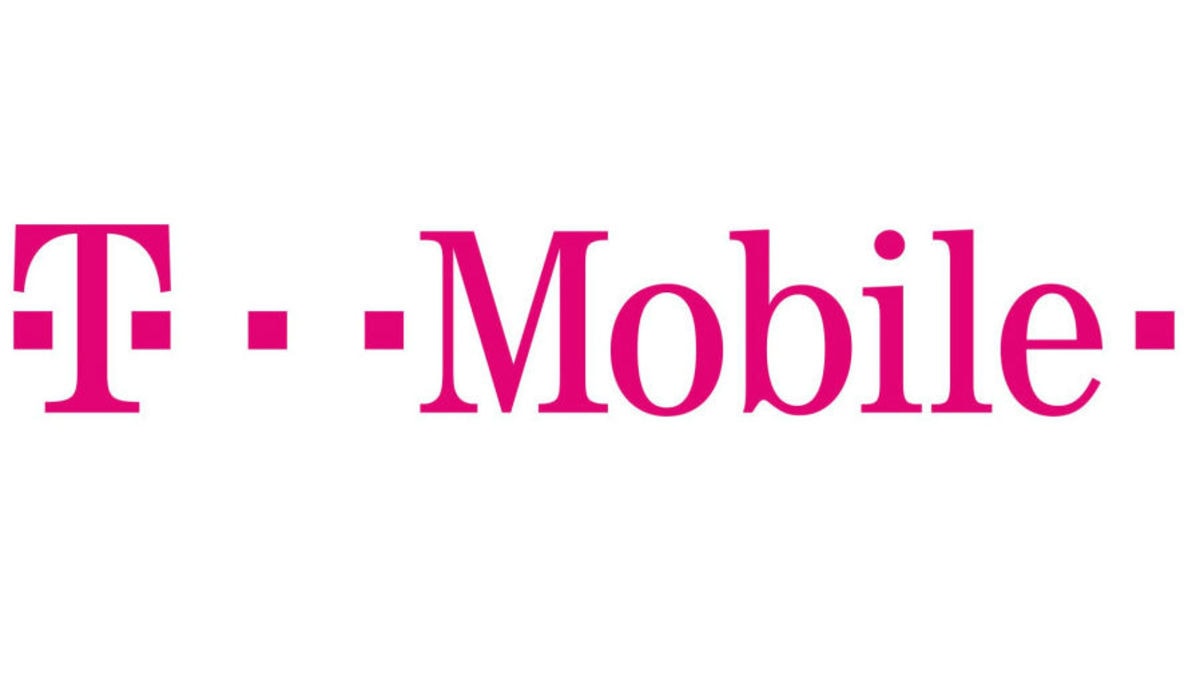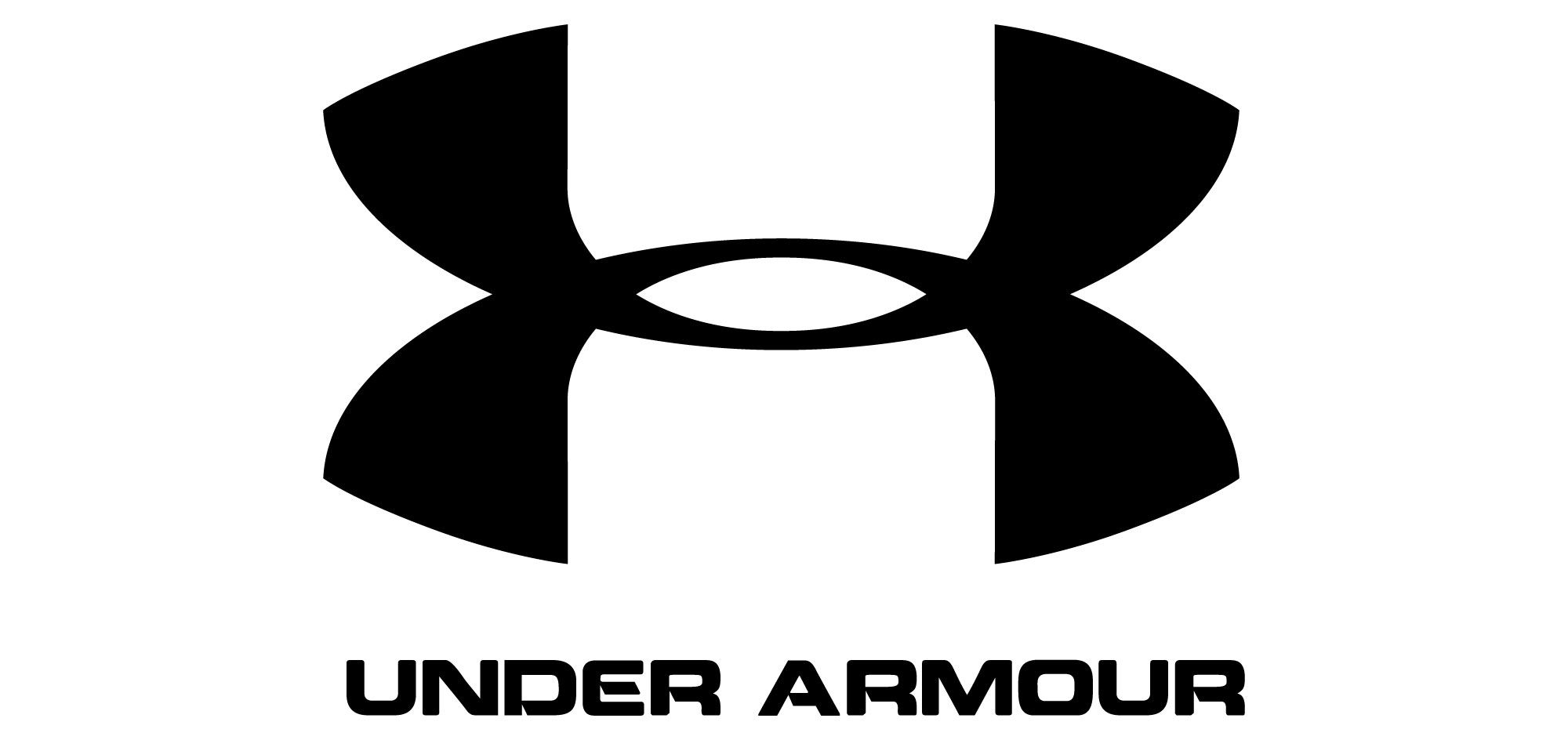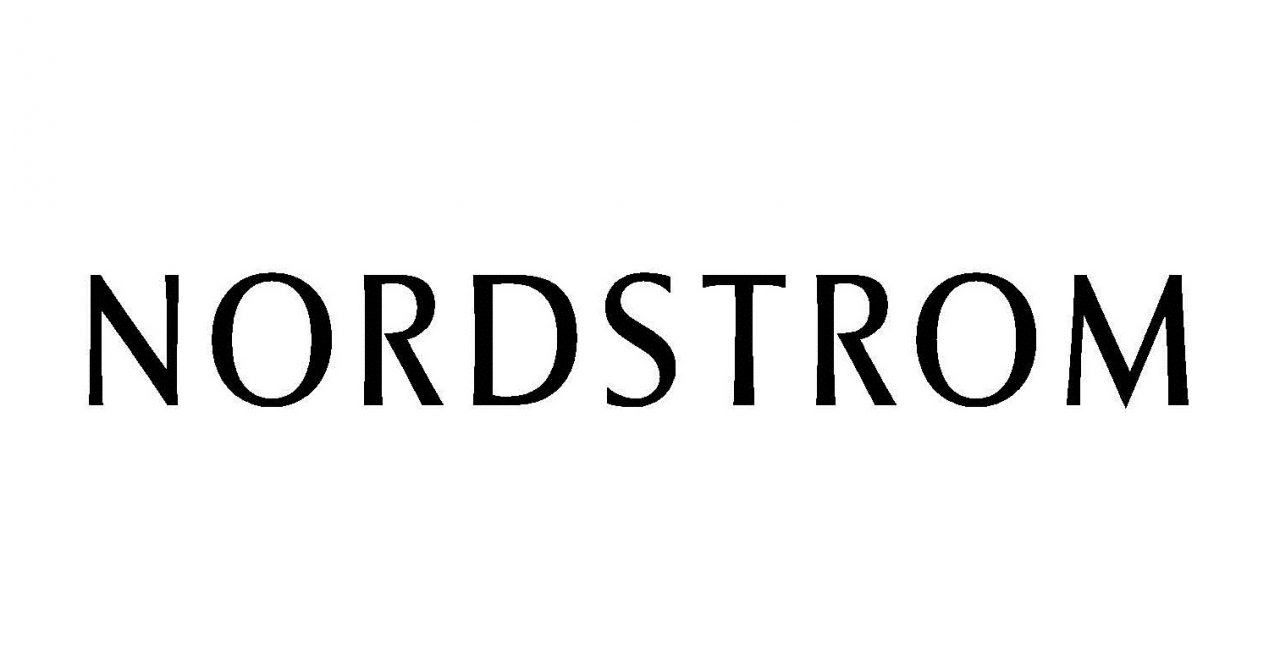Key Takeaways
- Employee Health Screenings
Restaurants implement daily health checks, including temperature screenings, to prevent illness spread. This ensures a safer working environment for staff and customers. Regular monitoring builds trust and compliance with safety regulations. - Dedicated Take-Out Areas
Establishing designated pickup zones reduces contact between dine-in and take-out customers. This setup improves efficiency and maintains social distancing guidelines. Clear signage and organization enhance customer experience and safety. - Socially Distanced Dining
Tables are spaced six feet apart to meet health and safety recommendations. This adjustment reassures customers and creates a comfortable dining experience. Proper signage and barriers help enforce distancing rules effectively. - Enhanced Hygiene Practices
Frequent sanitization of high-touch surfaces like menus, tables, and door handles reduces contamination risks. Providing hand sanitizers and PPE stations enhances cleanliness. Consistent hygiene practices ensure compliance with health standards. - Adaptation of Food Service Models
Restaurants replace buffets with direct table service to minimize shared contact points. QR code menus and touchless payment methods further enhance safety. These changes align with evolving customer expectations and regulations.
As stay-at-home restrictions ease in some regions across the country, restaurants are beginning to resume operations in cooperation with state and local health officials. From installing countertop acrylic sneeze guards to making sure they have adequate personal protective equipment (PPE) available, there are several new health and safety measures that restaurants will be implementing moving forward.
For many restaurants, the announcement that they would be able to re-open came quickly, which left many business owners with a short amount of time to create a safe return to work policy.
Operating in the new normal will require a similarly brand-new strategy. Fortunately, there are many things that the food service industry can do to ensure they will be able to stay open once they’re able to re-open.
Although this is not a return to the status quo that we grew up with, it is a transition to a new normal for the future. Ensuring that restaurants communicate their new guidelines will be critical to ensuring staff and customer safety.
Here is a brief look into how restaurants are adapting to the new normal.
Five Ways Restaurants Can Adapt to a New Normal
Implementing a Screening Process for Employees
While there is no one-size-fits-all strategy to help companies bounce back from COVID-19, one of the best places for all businesses is to start is by creating a screening process for employees.
This includes consistent guidelines that ensure the same exact procedure is followed for all employees as they resume their job functions and return to work every day. Not only will this ensure that employees are healthy enough to return to work, but it will also aid in reducing the spread of the virus.
Creating a Dedicated Take-Out Area
The COVID-19 pandemic has encouraged many restaurants that hadn't considered take-out to begin offering it. With several online food delivery websites and third-party delivery phone apps, take-out has become a much more viable option for many restaurant owners to consider.
Creating a dedicated area for food that is prepared and waiting to be picked up not only ensures that health considerations and precautions are being taken, but it can also create a more efficient work environment.
Socially Distanced Dining
It will also be necessary for restaurants to balance the table set up in their dining areas to ensure proper social distancing measures are being considered for all dine-in patrons. This can include spacing out seats and tables to ensure they are six feet apart, as well as placing physical barriers alongside tables to ascertain customers are protected.
While this may be a new challenge, seeing your effort to ensure the safety of diners will be incredibly significant for customers who feel comfortable enough to return to dine-in restaurants.
Updated Hygiene Guidelines
In other countries that have seen a decreased transmission of COVID-19, new hygiene guidelines have been found to be rather effective.
For example, some restaurants require their staff members to have their temperature taken when they arrive at work, while also requiring employees to wash their hands at least once every 60 minutes.
Additionally, the CDC has also published a set of hygiene guidelines for restaurants to consider to instill customer confidence. This includes the addition of hand sanitizers and PPE dispensers strategically placed throughout the restaurant, as well as regularly sanitizing high-contact places such as tables, door handles, menus, and condiment areas.
New Food Trends
Salad bars and buffets were once a very significant part of restaurants prior to the pandemic, but as a result of new health and safety guidelines, these popular trends will be effectively dismantled for the foreseeable future.
It is currently more advisable for servers to bring the food directly from the kitchen to the table. Further, pre-made salads or made-to-order meals could be appealing to some customers who still wish to customize their meals or eat their favorite chef-prepared dishes that they had been enjoyed prior to the pandemic.
Stay Prepared for Quick Changes
While it may take some time to come up with a long-term solution for many restaurants, one of the best ways you can keep your establishment running right now is by keeping your staff prepared at all times.
Provide regular training on COVID-19 related safety measures to ensure that your employees know how to safeguard food and identify virus-related symptoms to protect themselves and your customers. Furthermore, be sure also to provide masks, gloves, and necessary PPE for all staff members, regardless if they are customer-facing or not.
You can also ensure you have proper signage throughout your restaurant to give employees and customers visible cues to maintain social distancing and health and safety precautions.
Safety protocols affect all of your employees, and precise measures will need to be taken to ensure their safety. As a business owner, it is your responsibility to maintain a safe and healthy work environment for each and every person who walks through your doors.
By having a sound and secure strategy in place prior to re-opening your restaurant, you can be sure that your business is taking the necessary steps to reduce the spread of COVID-19.

Stay Prepared with the Help of Displays & Holders
Restaurants are a critical piece of our local communities, and eventually, the foodservice industry will bounce back. For now, however, establishments must stay flexible and adapt to a new normal in order to maintain business.
By reflecting on some of the challenges raised by COVID-19, you can prepare for any long-term impacts that may occur as a result. With Displays & Holders, we can help you create a safe and healthy environment for your customers and employees alike. Our priority at Displays & Holders is to make sure your restaurant is safe for customers and employees at all times.
Contact Displays & Holders to speak with a customer service representative and learn more about how we can equip you with the best safety supplies at affordable prices!
FAQs
How can restaurants ensure employee health upon reopening?
Daily health screenings, including temperature checks, help detect illness early. Enforcing mask policies and proper hygiene reduces the risk of virus spread. A healthy workforce ensures a safe dining experience for all.
What strategies can improve take-out order safety?
Setting up separate pickup stations prevents congestion and unnecessary interactions. Clear signage directs customers to designated areas for a smooth process. Contactless ordering and payments further reduce physical contact.
How can dining areas be adjusted for safety?
Restaurants space tables apart and use barriers to maintain social distancing. Floor markings guide customers and staff on safe movement within the space. Outdoor dining options provide additional safety and comfort.
What hygiene protocols are recommended for restaurants?
Regular sanitization of surfaces and high-traffic areas ensures a clean environment. Staff should wear gloves and masks while handling food and interacting with customers. Providing disinfecting wipes and hand sanitizers encourages hygiene.
How should food service methods change post-pandemic?
Moving to single-use or digital menus reduces the need for shared items. Offering table service instead of self-serve options minimizes cross-contamination risks. Contactless payments and mobile ordering streamline transactions safely.














